Code
HCS5872
Weight
400 gm / 0.88 lbs
Size
Height
9cm (4") Width
12cm (5") Depth
5cm (2") Material
Copper
Availability
Subject to Avilability
Date Added
2011-01-04 21:42:13
Note : We used to sell this product 14 years ago so it may no longer be in our stock.
It is possible that we still have it with our suppliers but the price could be different from before.
Feel free to order. We will verify availability and inform you promptly.
It is possible that we still have it with our suppliers but the price could be different from before.
Feel free to order. We will verify availability and inform you promptly.

Safe Payment
We accept Paypal, Money Transfer, Bank Transfer
Confidence
Protection covers your purchase and personal data.
Worldwide Delivery
We ship Worldwide, except Russia.Shipping cost US$25.2 for upto 0.5 kgs

Hotline
Talk to help line for your question on 9841267335Sukada or oil Lamp are the vessels used to offer any ceremony with pure water and light or fire.
Old Post : OLD POST
Please note that this Ganesh Sukunda [oil Lamp], [old Post], [remakable] is an old post. We typically do not remove our posts from the website for various reasons, such as nostalgia and maintaining page ratings. These posts are not intended for direct sales, but occasionally, we can remake the items.
Please note that this Ganesh Sukunda [oil Lamp], [old Post], [remakable] is an old post. We typically do not remove our posts from the website for various reasons, such as nostalgia and maintaining page ratings. These posts are not intended for direct sales, but occasionally, we can remake the items.
Remakable : Remakable
Please note that the Ganesh Sukunda [oil Lamp], [old Post], [remakable] we posted some time ago is not currently available in our store. However, due to the possibility of a remake, it is still on sale. The remake will not be an exact replica of the original statue shown in the picture and will require additional time to be ready for dispatch. If you are willing to wait for this custom remake, you may proceed with your order. Thank you for your understanding and patience.
Please note that the Ganesh Sukunda [oil Lamp], [old Post], [remakable] we posted some time ago is not currently available in our store. However, due to the possibility of a remake, it is still on sale. The remake will not be an exact replica of the original statue shown in the picture and will require additional time to be ready for dispatch. If you are willing to wait for this custom remake, you may proceed with your order. Thank you for your understanding and patience.
Bronze Finishing
This Ganesh Sukunda [oil Lamp], [old Post], [remakable] product features a stunning Bronze patina finish. Our store takes pride in offering this exclusive patina, which involves a meticulous process utilizing organic materials such as butter and vegetable color. The aim is to recreate the appearance of an aged bronze statue, evoking a sense of timeless elegance.
The art of giving the bronze color to red copper is truly exceptional and is practiced by skilled craftsmen. With each piece, you not only acquire a beautifully finished Ganesh Sukunda [oil Lamp], [old Post], [remakable] product but also pay homage to the artisans who are dedicated to preserving this rare and fading art form. The result is a unique and captivating aesthetic that adds a touch of sophistication and nostalgia to any setting. Read More . . .
This Ganesh Sukunda [oil Lamp], [old Post], [remakable] product features a stunning Bronze patina finish. Our store takes pride in offering this exclusive patina, which involves a meticulous process utilizing organic materials such as butter and vegetable color. The aim is to recreate the appearance of an aged bronze statue, evoking a sense of timeless elegance.
The art of giving the bronze color to red copper is truly exceptional and is practiced by skilled craftsmen. With each piece, you not only acquire a beautifully finished Ganesh Sukunda [oil Lamp], [old Post], [remakable] product but also pay homage to the artisans who are dedicated to preserving this rare and fading art form. The result is a unique and captivating aesthetic that adds a touch of sophistication and nostalgia to any setting. Read More . . .
Lost-Wax System
This Panas And Sukunda of Ganesh Sukunda [oil Lamp], [old Post], [remakable] is made by the process of the Lost Wax system. This is a very complicated, time consuming and historic process of making metal sculptures.Which is why it is sometimes called Precision Casting as well. Hence the sculptures made by this process are comparatively expensive. There are many new, advanced and less time consuming methods of casting metal sculptures available as well. But due to the benefits provided by the traditional lost wax system in quality control and customization, we prefer the Loss wax system over Ceramic molding, or sand casting to make our Panas And Sukunda.
Below we have tried to illustrate the process of making a loss wax system statue: Read More . . .
This Panas And Sukunda of Ganesh Sukunda [oil Lamp], [old Post], [remakable] is made by the process of the Lost Wax system. This is a very complicated, time consuming and historic process of making metal sculptures.Which is why it is sometimes called Precision Casting as well. Hence the sculptures made by this process are comparatively expensive. There are many new, advanced and less time consuming methods of casting metal sculptures available as well. But due to the benefits provided by the traditional lost wax system in quality control and customization, we prefer the Loss wax system over Ceramic molding, or sand casting to make our Panas And Sukunda.
Below we have tried to illustrate the process of making a loss wax system statue: Read More . . .
Brief Introduction :
Sukunda is an oil lamp with combination of lamp and oil container. It is made of metal in artistic design. Oil was stored in the main section of the large pot and burnt in the bowl beside the neck with the aid of a wick. The filling of oil was done by a metal spoon known as Sumicha. Sukunda is the most important object for every religious and social performance. There must be the inscription of Ganesh in it, whose presence is always needed for the performances as the god of bestower of success.


![Ganesh Sukunda [oil Lamp], [old Post], [remakable]](https://handicraftseller.com/uploads/pics/product/thumb/2011/01/5872.jpg)
![Ganesh Sukunda [oil Lamp], [old Post], [remakable]](https://handicraftseller.com/uploads/pics/product/thumb/2011/01/5872_2.jpg)
![Ganesh Sukunda [oil Lamp], [old Post], [remakable]](https://handicraftseller.com/uploads/pics/product/thumb/2011/01/5872_1.jpg)
![Ganesh Sukunda [oil Lamp], [old Post], [remakable]](https://handicraftseller.com/uploads/pics/product/thumb/2011/01/5872_0.jpg)
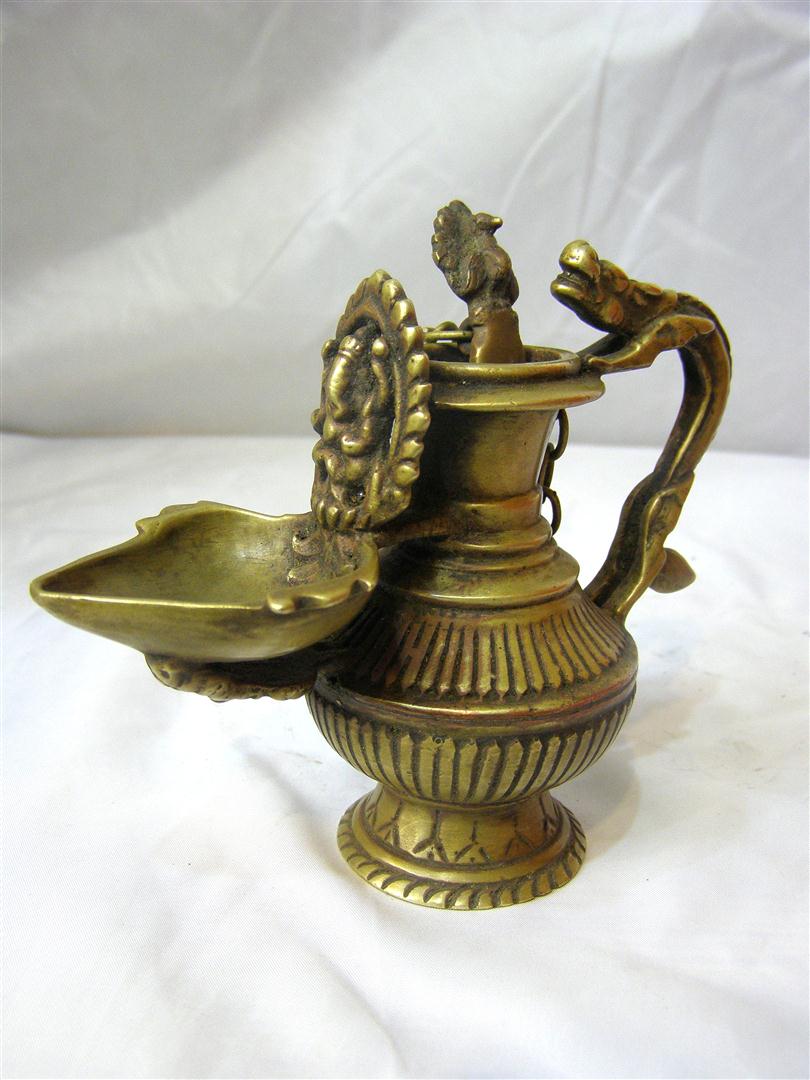

























































 of Panas
of Panas 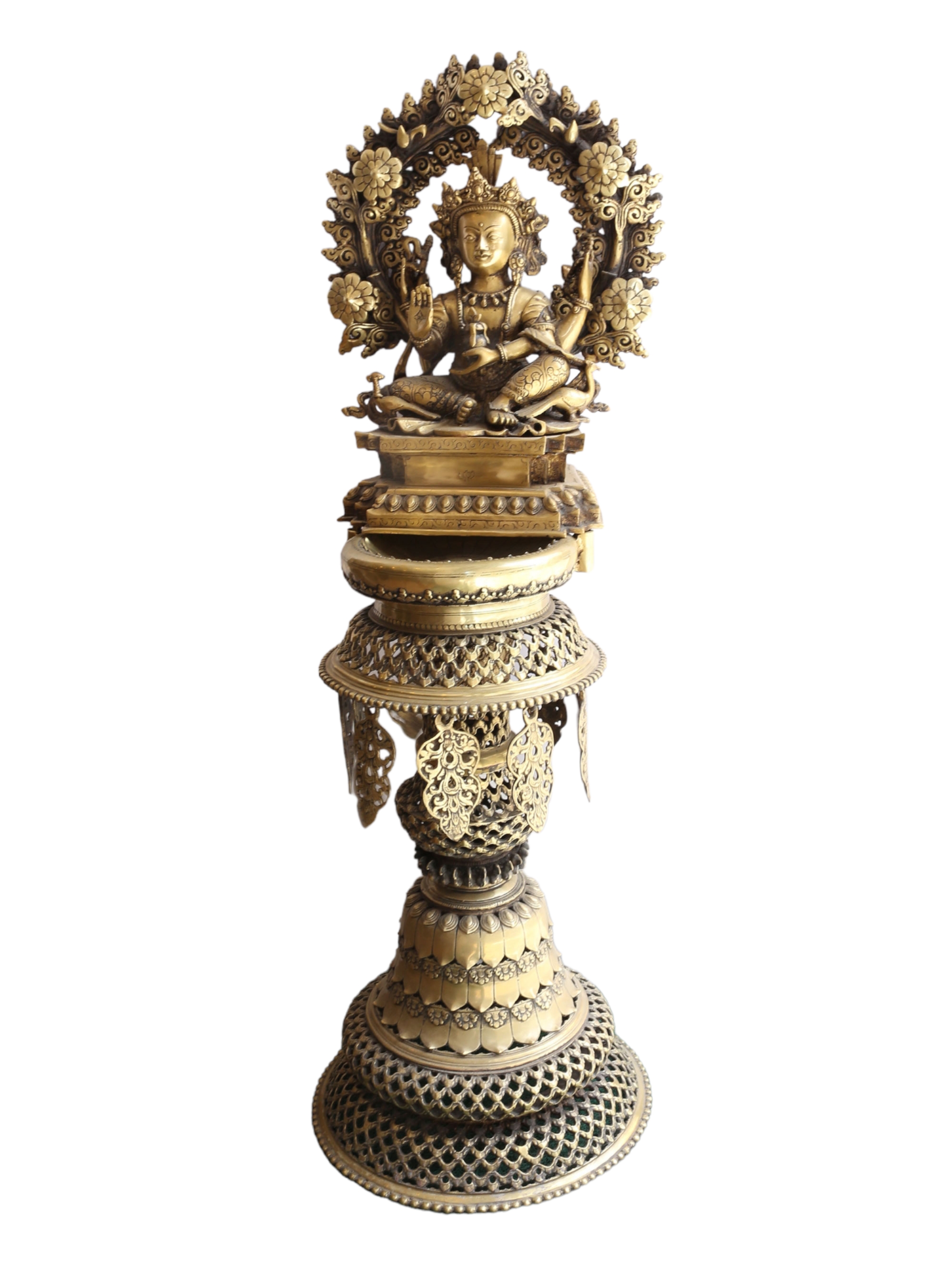 of Panas
of Panas  of
of 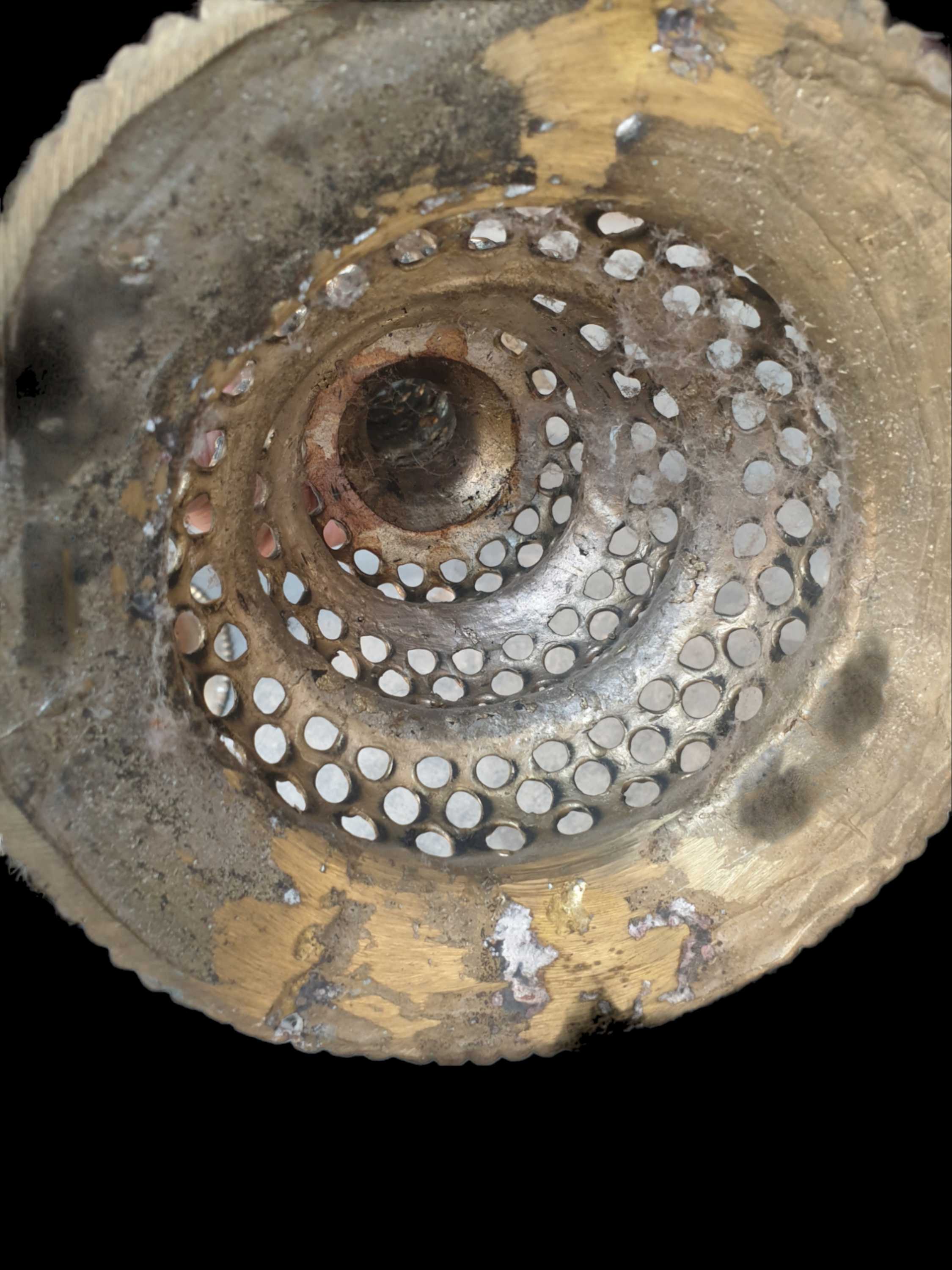 of
of  Old Post,
Old Post,  Old Post,
Old Post,  of Panas,
of Panas, 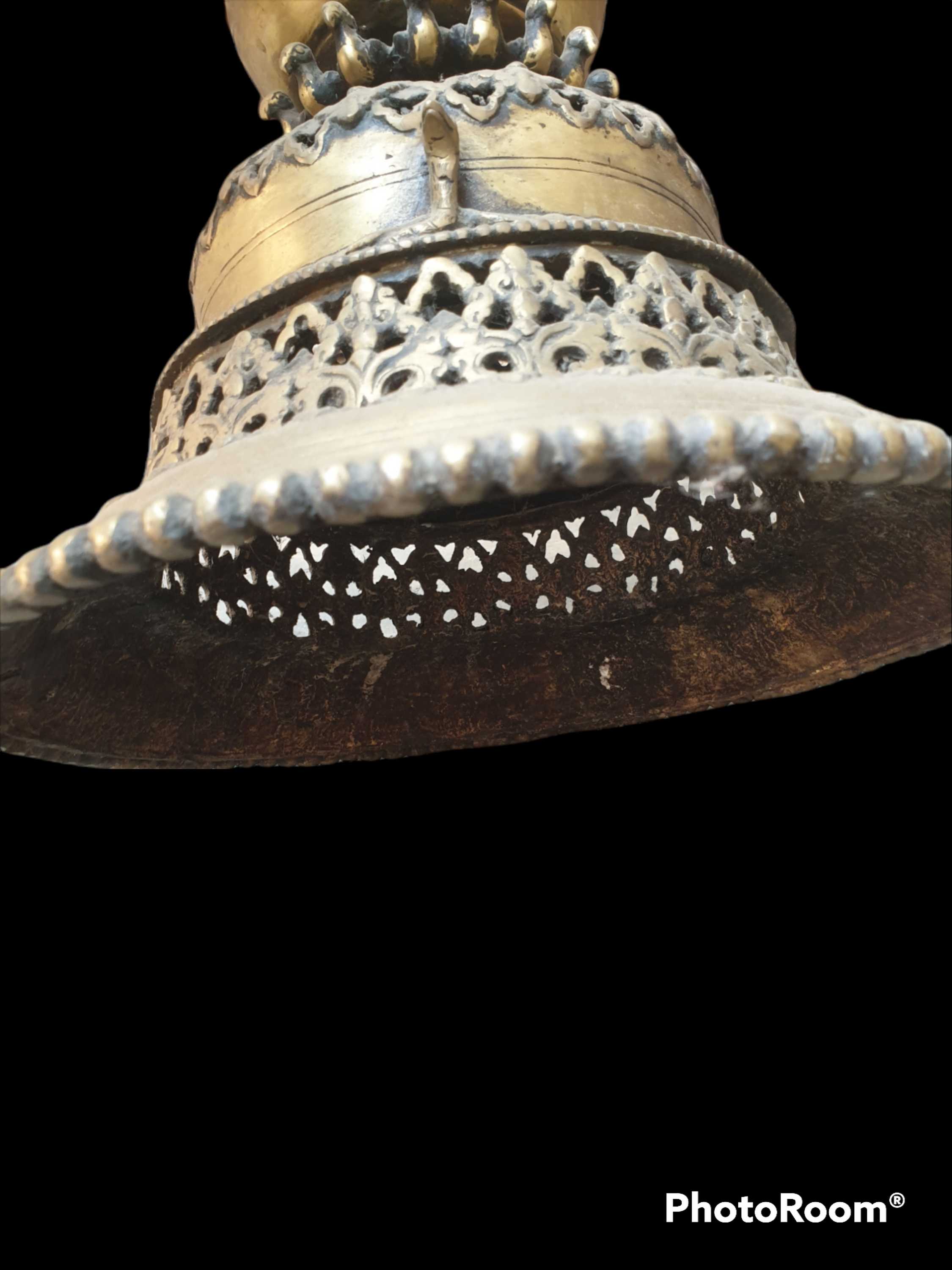 of Panas,
of Panas,  of Panas
of Panas 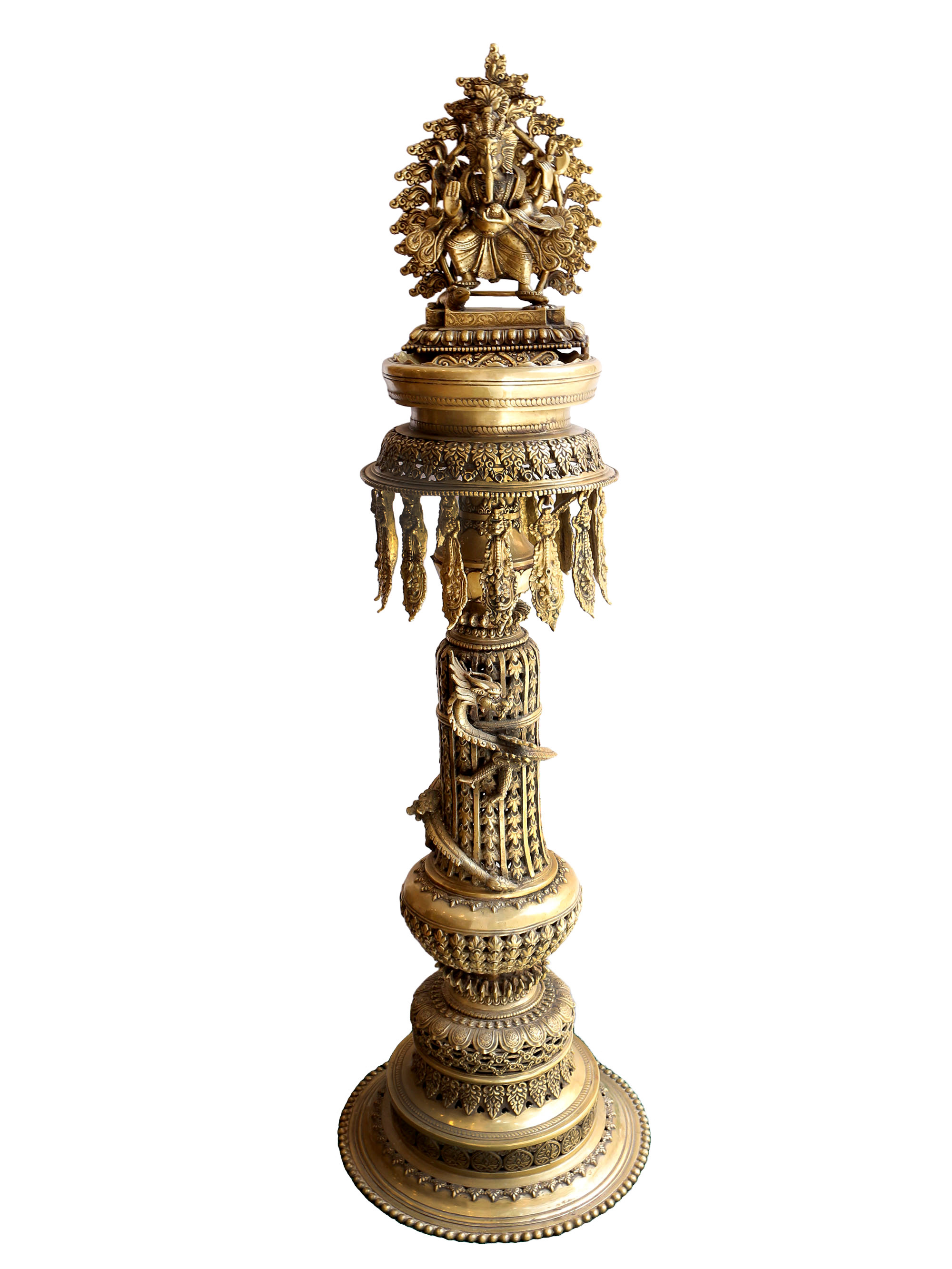 of Panas
of Panas  Oil Lamp,
Oil Lamp, 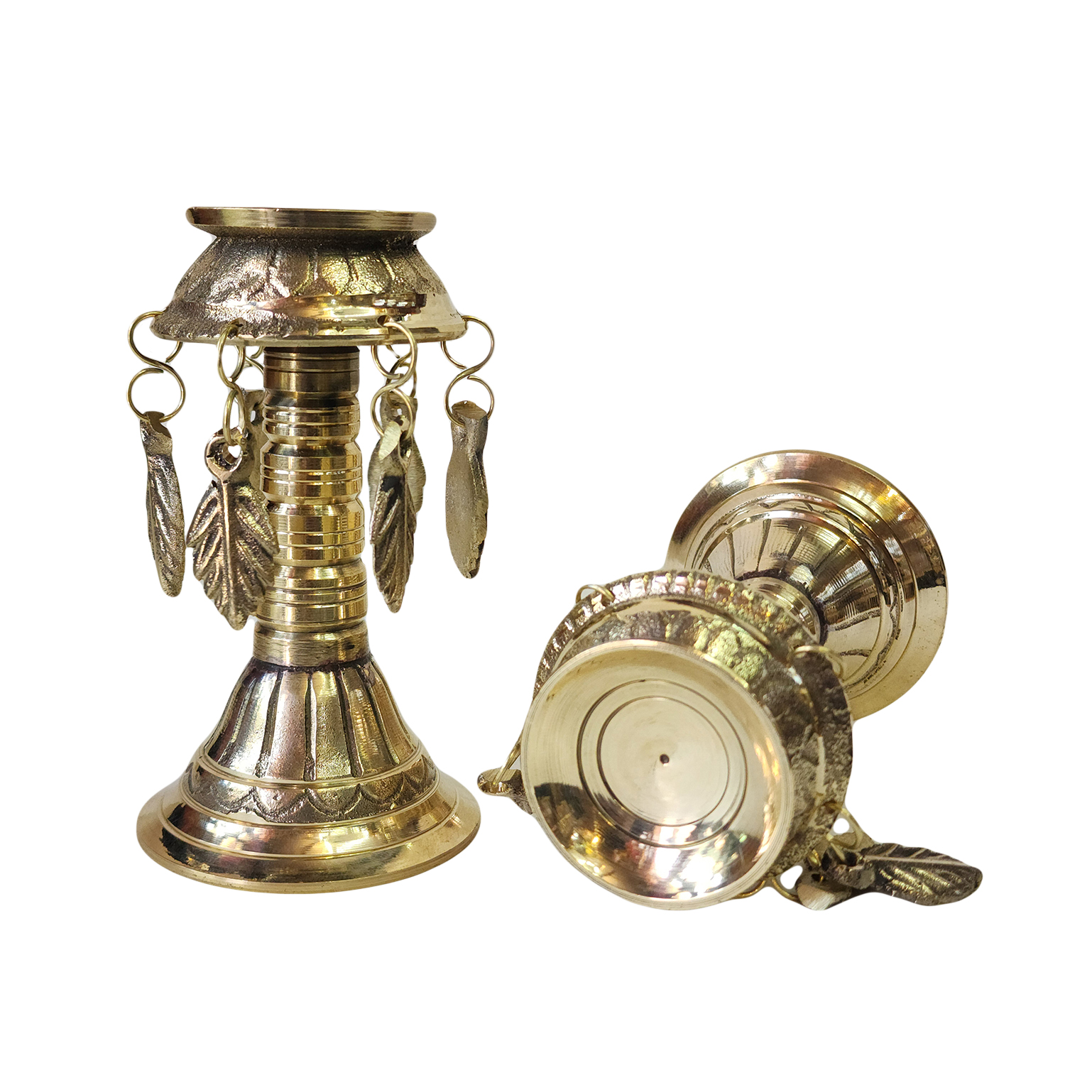 Oil Lamp,
Oil Lamp,  Unique, Statue
Unique, Statue 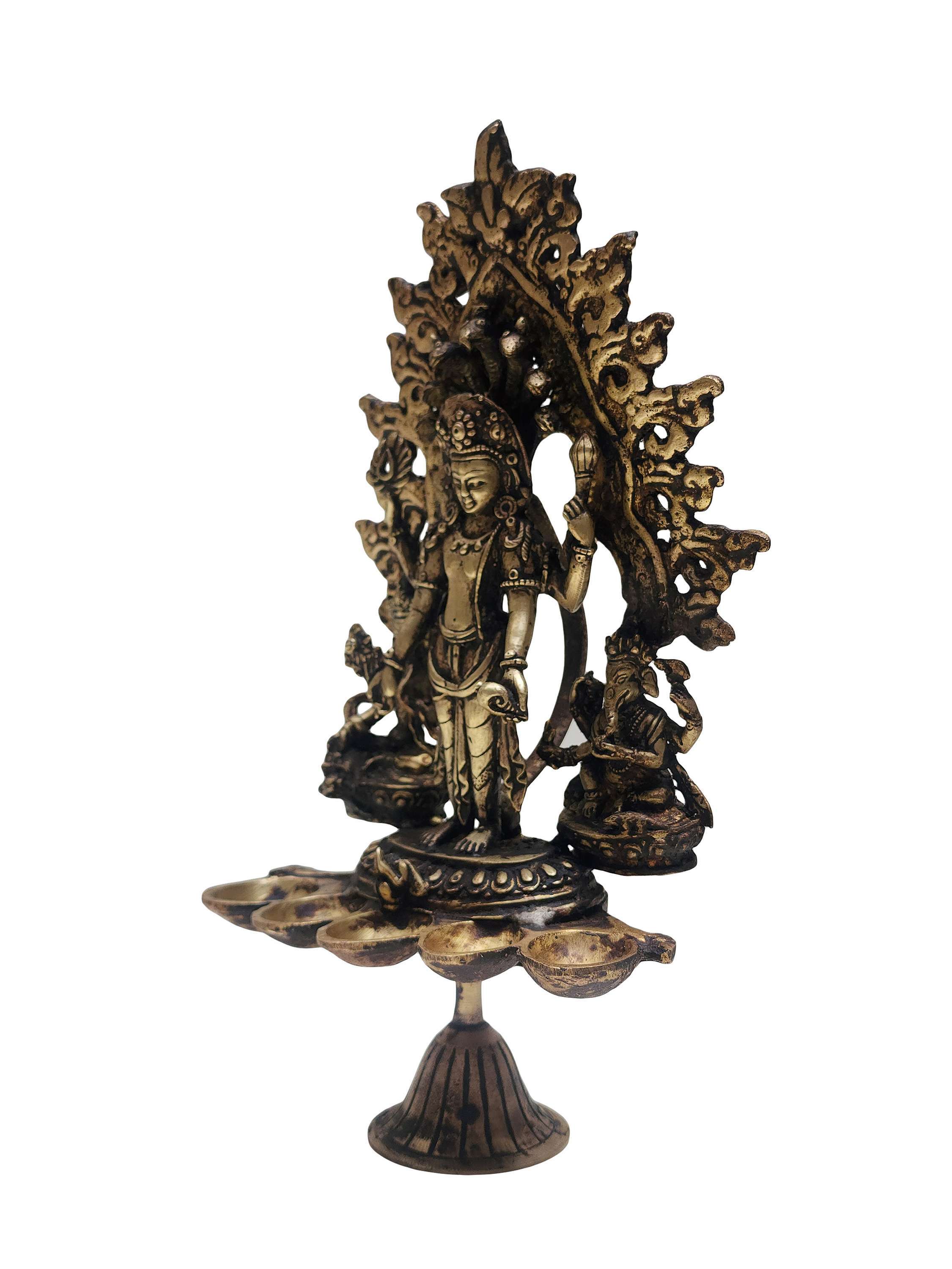 Unique, Statue
Unique, Statue  Sukunda,
Sukunda, 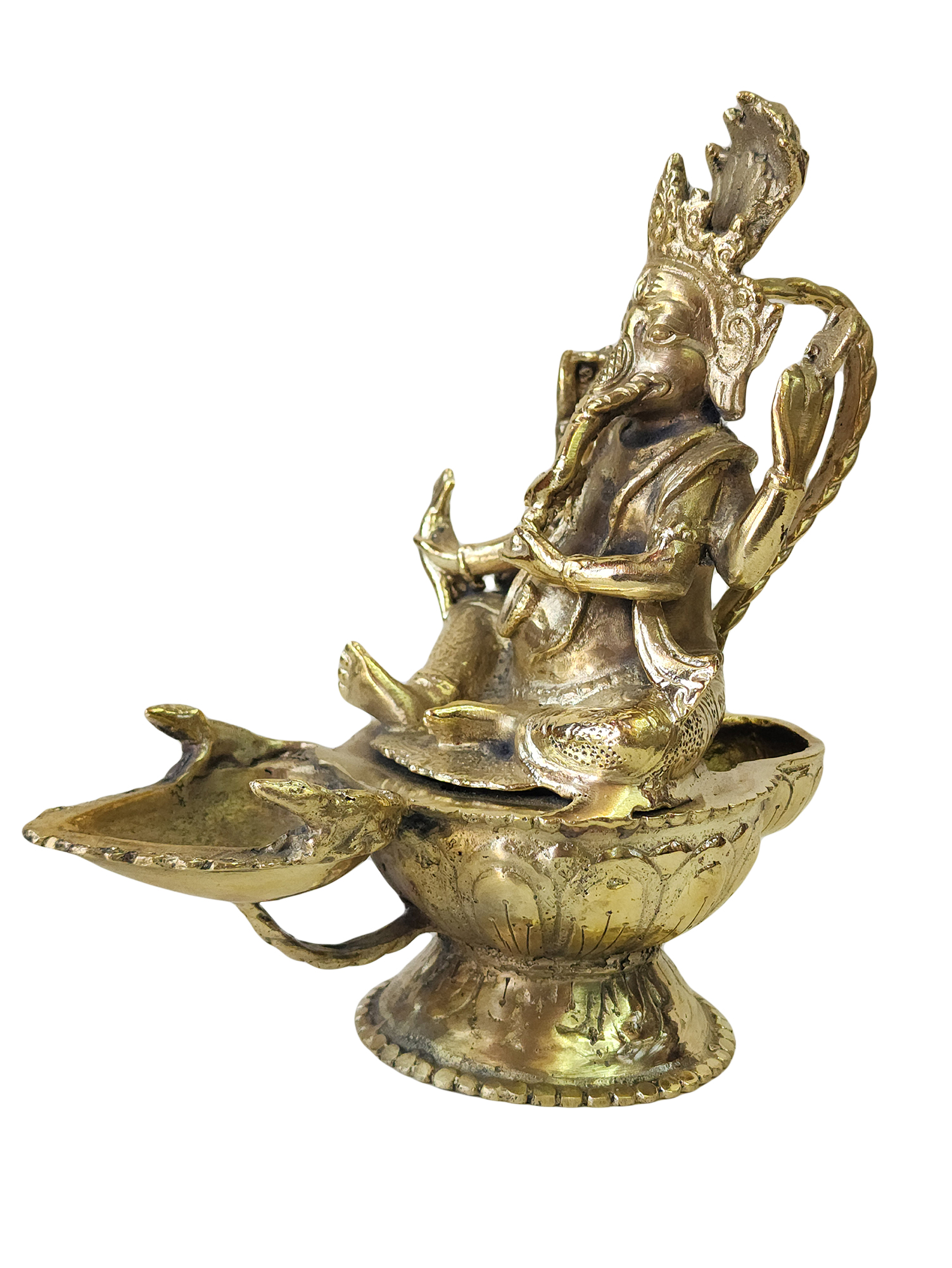 Sukunda,
Sukunda, 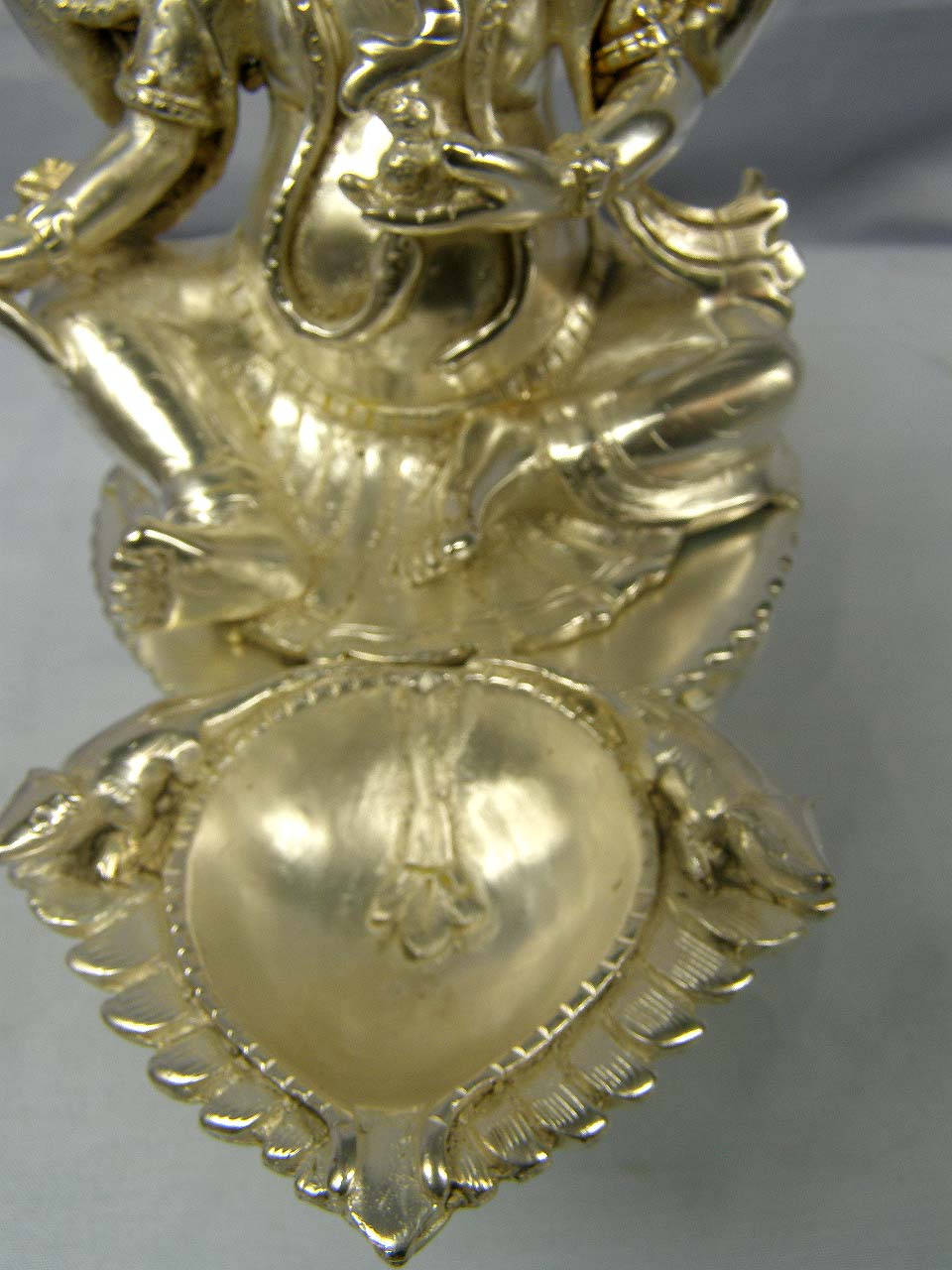 Oil Lamp,
Oil Lamp, 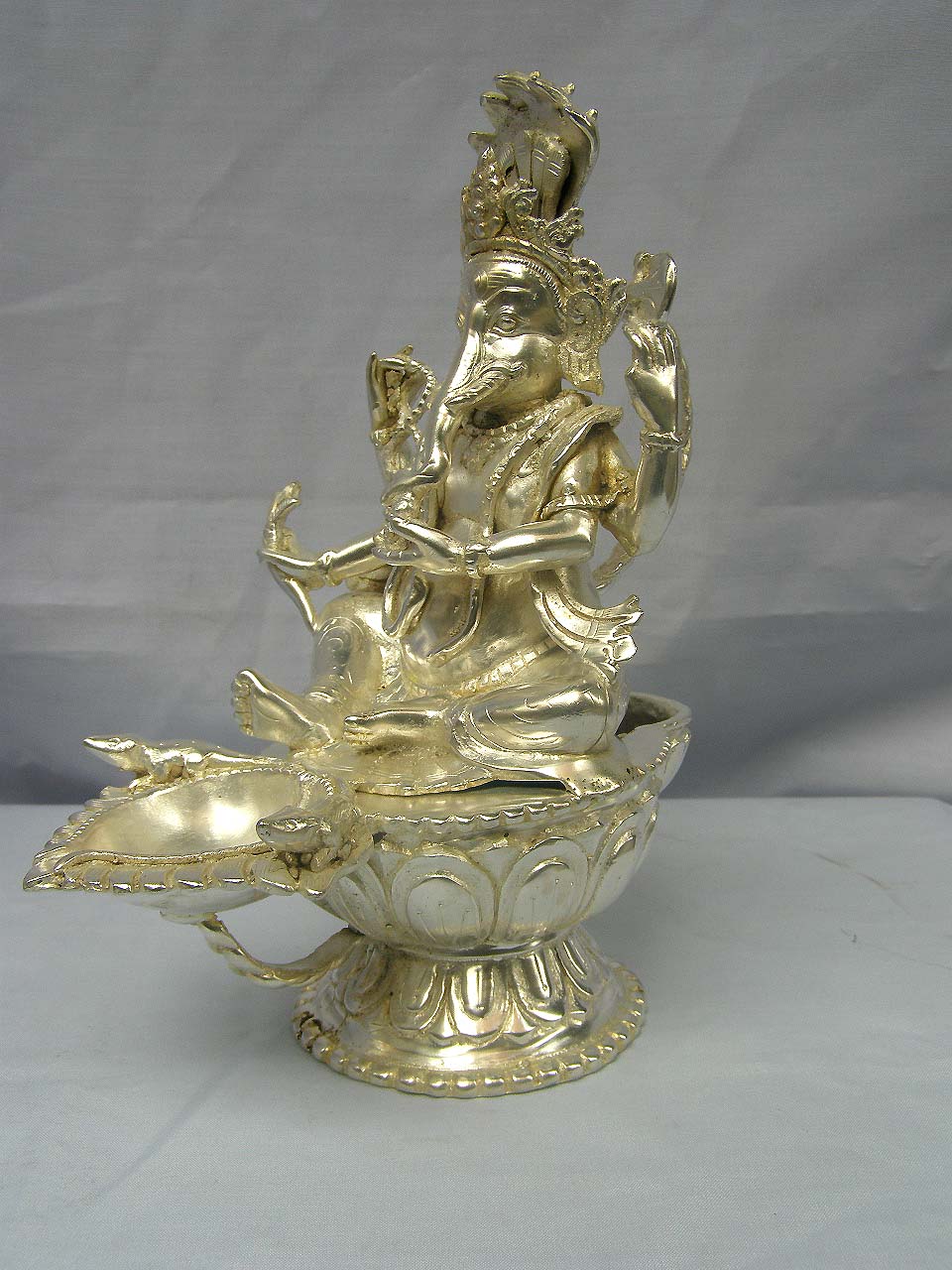 Oil Lamp,
Oil Lamp, 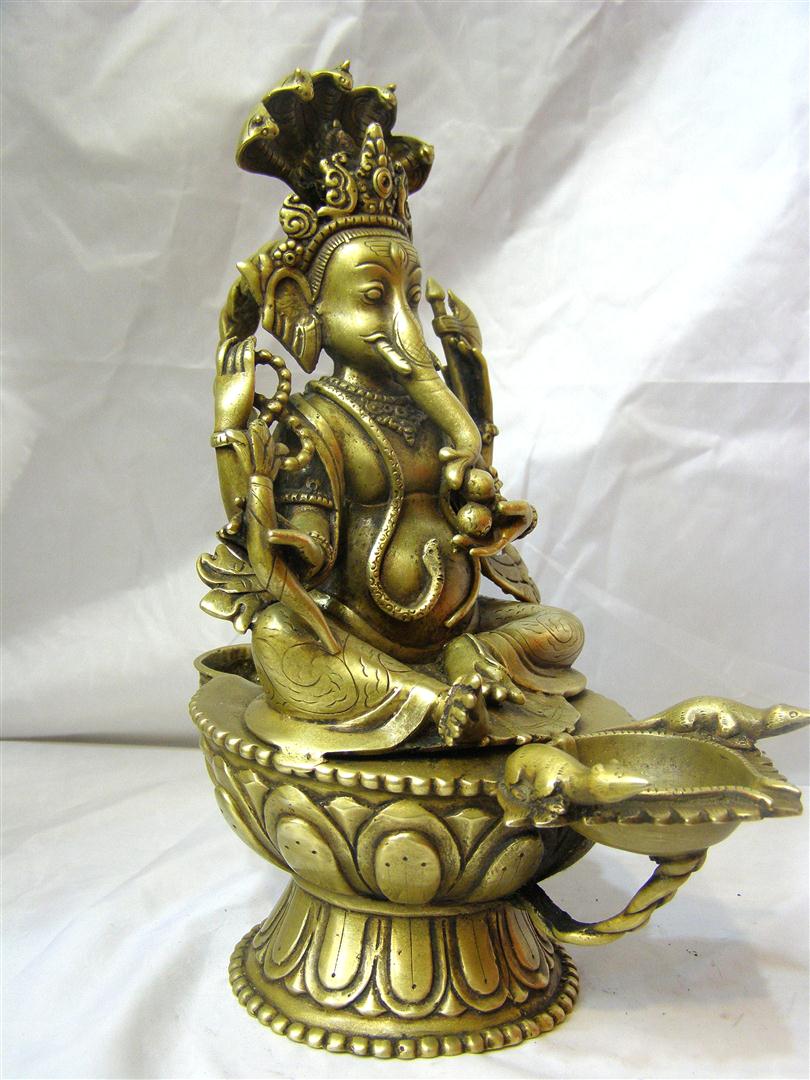 Oil Lamp,
Oil Lamp,  Oil Lamp,
Oil Lamp,